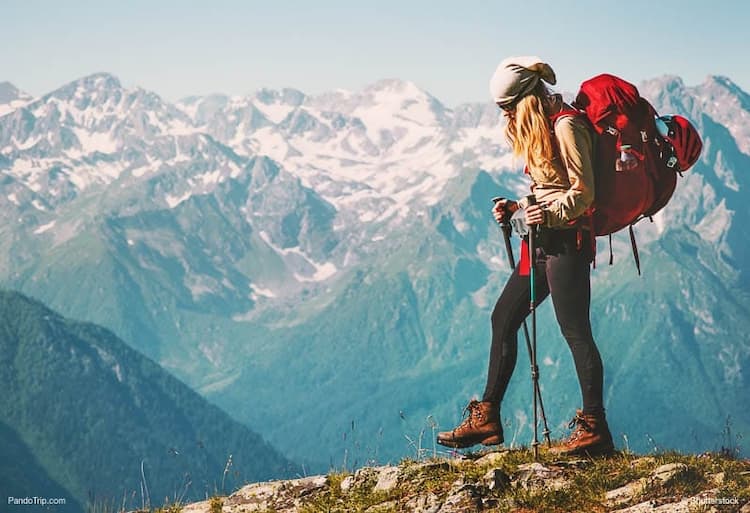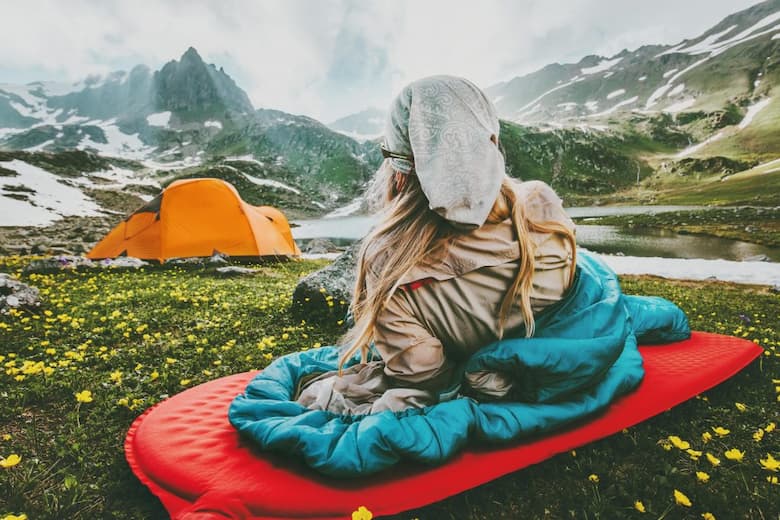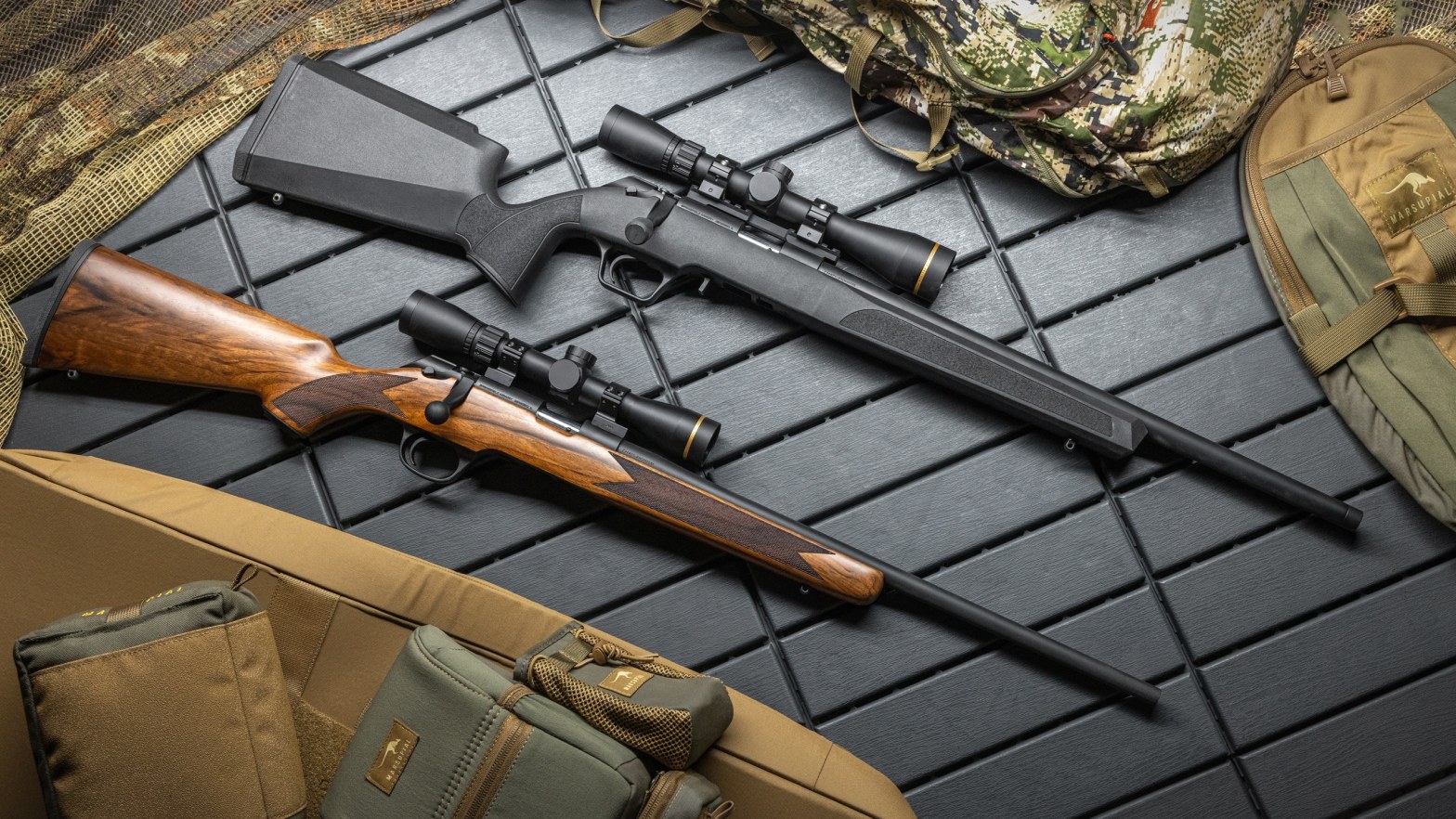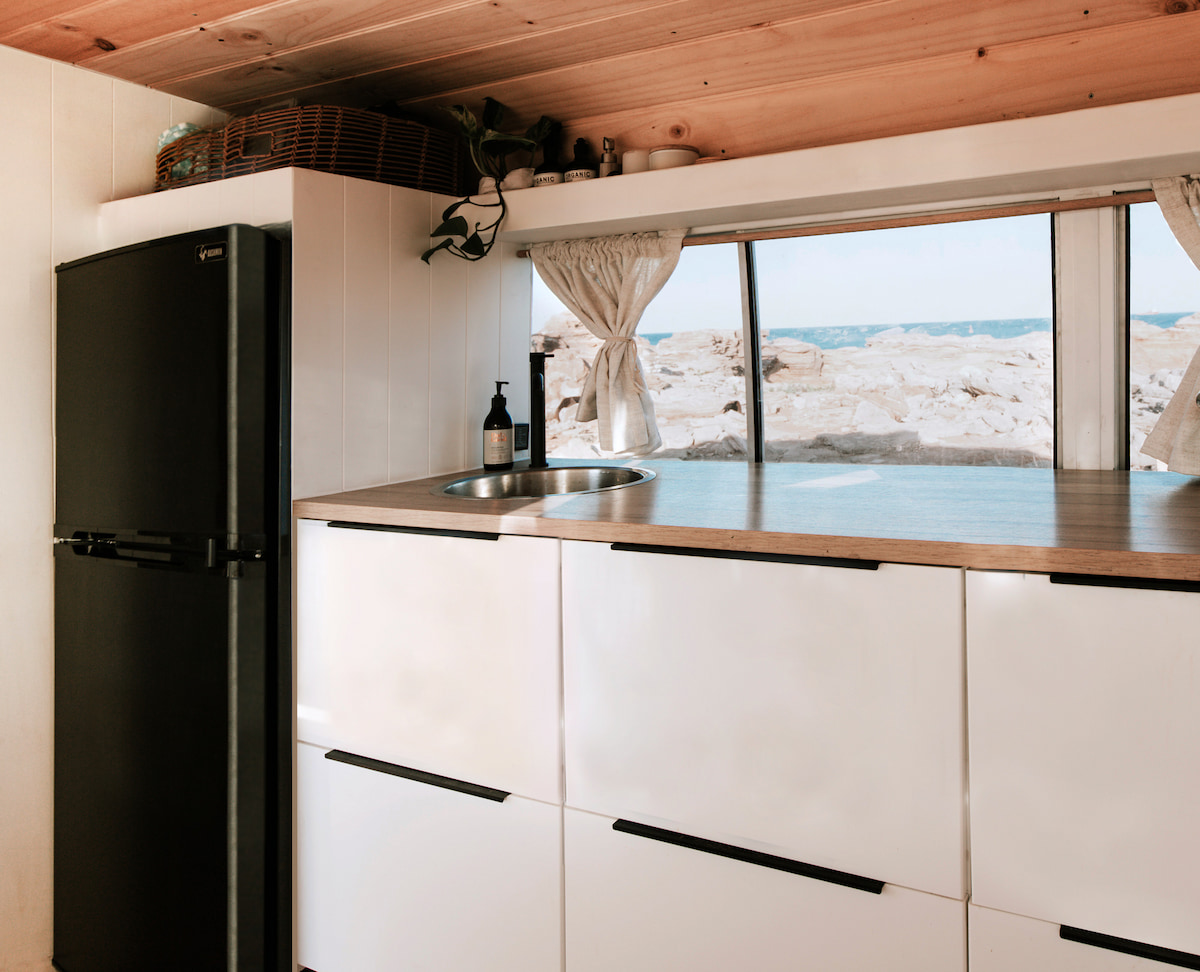A horse turnout sheet is a great option for providing lightweight coverage and shielding your animal from the rain, snow, and sun. These rain sheets come in various sizes and are made from materials like nylon and polyester. Of course, the climate in your area, your horse’s activity level and the season should determine the type of turnout sheet you’ll get. However, most horse owners will opt for a waterproof turnout sheet that will keep the animal safe, dry and comfortable.
Continue reading “Turnout Sheets: Keep Your Horse Warm and Dry”A Beginner’s Guide to Rimfire Rifle Ammunition
Ammunition has come a long way as well as the firearms it’s used in but this simple yet complex supply is what affects firepower as well as effectiveness. One single round of ammunition is essentially a brass case filled with gunpowder with a nickel tip called a projectile on top of it.
There is a rim primer which is the catalyst for the gunpowder. The primer is initiated by firing pins which are hit by the firearm’s trigger as it hits the pins. This chain reaction causes a mini explosion which propels the projectile away from the barrel and into your target of choice. As you’d expect there are different ways to do this.
Continue reading “A Beginner’s Guide to Rimfire Rifle Ammunition”Everything You Need to Know About Portable Fans
Once the summer months are here, we all need a way to keep cool. It doesn’t matter if we use a 12-volt fan, cool water or air conditioning, keeping yourself cool at home, in the office or on the road, it’s a must. Did you know that the first fan was made in 1886? It was invented by Dr Schuyler Skaats Wheeler, and it had 2 blades. Everyone that saw it loved it. Since then, the fans have evolved and changed a lot. Nowadays they have different features, power, and size and can stand on almost any surface.
Continue reading “Everything You Need to Know About Portable Fans”The Best 12 Volt Upright Caravan Fridge Freezers
Going camping or caravanning for a longer period of time means that you’ll need more food than usual. This means that you’ll also need a fridge and freezer to keep your food safe for consumption for as long as you need, thus preventing spoilage. When it comes to choosing a caravan fridge/freezer, first you should consider whether you need an absorption or a compressor refrigerator. The absorption type of refrigerators is usually considered the standard refrigerators for caravans and motorhomes with a capacity of about 80 – 180 litres.
Continue reading “The Best 12 Volt Upright Caravan Fridge Freezers”A Guide to Hiking Backpacks: Where Functionality Meets Style
Outdoor pursuits have gotten a lot more popular over the past decade as people start looking for ways to escape from the city for a few days and enjoy the beauties Mother Nature offers. Therefore, it’s no surprise that a lot of gear “snobs” who love to spend quality time outdoors will invest in a decent backpack.
Read more: A Guide to Hiking Backpacks: Where Functionality Meets StyleSure, any regular backpack will work for day hikes, campers or outdoor enthusiasts, but if you hike or camp frequently and need to carry a lot of gear, then you will need a hiking backpack!

What to Look for in an Outdoor Backpack
With so many options available on the market these days, there are some important factors to consider, when shopping for top-notch outdoor backpacks to carry your outdoor gear in all-day comfort.
Types
The first thing to take into account is the type of backpack you will require. This greatly depends upon the duration of the trek. Are you going for a day trek without overnight camping or are you camping for multiple days, and you plan to take your backpack for summit climbs and difficult terrains that require carrying more gear?
Day packs are appropriate for day hikes and quick weekend journeys. They are portable and strong enough to support a 5-kilogram load. To evenly distribute the weight, always search for a model that features a hip belt. Sizes range from 20 to 30 litres.
Expedition-style treks require larger hiking backpacks of 40, 50 and 60 litres. These can hold equipment weighing between 8 and 13 kg. Wider straps and hip belts are also included to aid with weight distribution and lessen pain. For a weekend hike, a 40–50 L backpack may be adequate. A 60 L model, on the other hand, can be used for an ascent that takes about five days to complete. These bags are perfect for excursions lasting up to a week and more than a day or two as well.
However, if you go on longer treks, you will need to carry extra weight. Backpacks made for the purpose are usually sturdier and can carry particularly hefty weights. These expedition models are available in a variety of sizes, including 70, 80, and 90 L, and can hold weights of up to 30 kg.

Features
Frame Type
Frames in outdoor backpacks can be internal, external and frameless. Internal-frame models hug the body and conceal the frame inside the back panel. They may include several load-support technologies that all work to distribute the stress to the wearer’s hips and are intended to keep a hiker stable on unsteady, uneven terrain.
Backpacks with an exterior frame allow you to see their external, typically made of aluminium gear that supports the load. A backpack like this can be a good option if you’re carrying a big, uneven load like an oversize tent or inflatable kayak because the frame extends beyond the pack bag. Additionally, external-frame packs provide numerous gear organization options and adequate ventilation.
Those who prefer to trek quickly and lightly may opt for a frameless pack or a climbing pack with a detachable frame to reduce weight. Packs without a frame, however, are far less comfortable for carrying hefty items.
Ventilation
To prevent sweaty back syndrome that is common with internal-frame packs that ride against your body, some packs have a hanging mesh back panel. This trampoline-like construction, also known as a “tension-mesh suspension,” rides a few inches away from your back and instead rests against the incredibly breathable mesh. To address the same problem, some packs will have ventilation tubes often referred to as “chimneys” on the back panel.
Pockets
Some people enjoy having a lot, while others want a more compact pack. Consider each pocket’s size and location when judging it. For instance, elasticized side pockets spread out to carry a water bottle, tent poles, or other loose objects when they are full but lay flat when empty. When carrying the pack, you can frequently reach them. Hipbelt compartments fit tiny goods like a phone, food, lip balm, or sunscreen that you might need when hiking. On the front of a pack, shovel pockets are essential flaps with buckle clasps. They now appear on many 3-season packs, functioning as cache areas for a map, jacket, or other loose, lightweight things. These are originally designed to accommodate a snow shovel.
Top lid pockets, sometimes known as the “brain” of the pack are another terrific option to consider. Some people prefer a top lid with several compartments, while others prefer a single opening for items like sunglasses and a torch.
Sleeping Bag Compartment
If you don’t want to use a stuff sack for your sleeping bag or if you want to be able to remove your sleeping bag from the backpack without having to unload other items, look for a hiking backpack with a sleeping bag compartment. Despite being made to accommodate a sleeping bag, this compartment can also hold other items that you’d like to have easy access to.
Fit
Once you’ve decided which type of backpack you will want, next you should find the proper fit. It should be properly sized for your hip circumference and torso length, not overall height.
Some packs come in a variety of sizes that accommodate a variety of torso lengths, from extra tiny to large ones. Both the manufacturer and the type affect these ranges. Additionally, many packs have an adjustable suspension that you may adjust to fit your torso, especially if you’re in between sizes. They’re a wonderful choice for anyone who might split a pack with family members. However, the only disadvantage is the adjustable harness which makes the rucksack heavier.
Your hips support 80 per cent or more of the weight of a backpack. Hipbelts on backpacks typically fit people with hip circumferences ranging from around the middle of 20 inches to the middle of 40 inches. Sometimes those with thin waists find that they cannot adjust a conventional hip belt to fit snugly enough and must purchase a smaller one. Hipbelts that are interchangeable with other hip belts are available in several packs.
How to Choose the Best Sleeping Bag for Your Outdoor Adventures
You need the right equipment to spend a blissful night’s sleep in the woods. That begins with picking the appropriate sleeping bag. The good news is that you can pack as roomy or as plush as you’d like when car camping because you don’t have to worry about weight or fitting your bag into a pack.
How to Choose a Sleeping Bag?

The two main sleeping bag types are camping and backpacking. Camping bags provide lots of space for movement, whereas backpacking bags are compact and lightweight. If you need one lightweight bag you can use for both activities, choose a backpacking-style sleeping bag. In both cases, opt for the perfect warmth-to-weight ratio for you. Consider these crucial factors when you choose the best option for you out of the many top-notch sleeping bags available online.
Temperature Ratings
The temperature rating of a sleeping bag indicates the lowest temperature at which the bag can keep an “average sleeper” warm. If you’re wondering “What temperature rating sleeping bag should I get?”, know that, initially, you should choose a sleeping bag with a temperature rating smaller than the lowest temperature you anticipate experiencing. If in doubt, pick a bag with a lower temperature rating since you can always open one to cool off when the weather gets warmer.
While it can be handy to have a specification for quick comparison, it’s critical to learn more about temperature ratings and the terms associated with them. Although the subject can become complicated, here are the key points:
You can compare any two backpacking sleeping bags with confidence if they have an “ISO” or “EN” temperature rating. Because of these standardised tests, it is possible to compare temperature ratings across brands. (Ratings from ISO and EN are comparable. The ISO version enhances the consistency of test results across laboratories. EN was the previous standard.)
Comfort and limit are the two temperature ratings assigned to a bag during ISO/EN testing. The rating assigned to women’s bags is typically the lowest temperature at which the bag will keep the typical “cold sleeper” comfortable. Men’s or unisex bags typically have a “limit” rating, which is the lowest temperature at which the bag will keep a “warm sleeper” comfortable. If the rating doesn’t include “comfort” or “limit”, most likely it’s a brand estimate rather than an ISO or EN test result.
No bag’s temperature rating ensures warmth. Since all brands subject their bags to the same testing procedures, you can compare bags from various brands thanks to the rating system. However, the nature of your sleep system can tell more than a single temperature rating.
Your Sleep System

Your bag and sleeping pad work together. It has always been true that many factors, such as humidity, wind, type of shelter, ground conditions, clothing, and personal preferences, can cause your actual warmth and comfort to differ from the tested temperature ratings. The main factor, however, is your sleep cycle. A sleep system consists of these three fundamental parts: the wearer’s clothing, the sleeping pad, and the sleeping bag.
Your sleeping bag might not perform up to its temperature rating if you use a less-insulating pad in colder temperatures; the test rating of a sleeping bag considers a person sleeping on an insulated pad with an R-value of roughly 5.5 with underwear and socks. If you’re a warm sleeper, use your bag’s “lower limit” rating for the temperature; if you’re a cold sleeper, use its “comfort” rating.
Sleeping Bag Weight
The insulation and shape of a sleeping bag play a large role in its weight. Advanced synthetics and downs with a high fill power are more efficient insulations that provide more warmth for less weight than less efficient fills. When comparing bag weights, you should always compare bags with similar temperature ratings because a bag needs more insulation to achieve a warmer (lower) temperature rating.
Insulation fill weight
The total bag weight is essential to consider when calculating the total backpack weight, as the insulation fill weight indicates only the weight of the filling. Many people think that the more insulated the bag, the warmer it’ll be. However, the real warmth indicator is a bag’s temperature rating, not the fill weight.
Weight and sleeping bag shape
A bag with a sleek shape and a snug fit will be lighter than a bag with a similar shape but with more room. There are three basic shapes for sleeping bags:
- Mummy: This style of bag has a slim cut and a contoured hood you can tighten for more warmth to increase warmth and reduce weight. The bag fits snugly overall; you usually roll over with it rather than in it.
- Semi-rectangular: Also referred to as a “modified mummy” or “barrel shape,” this term encompasses a range of shapes that all provide a balance between cosiness and space.
- Rectangular: Many camping bags have a straightforward rectangular shape to maximise space.
Warmth and sleeping bag shape
Sleeping bags keep you warm by trapping body heat, which can warm a small space more quickly than a large one.
Additional Features
- Hoods: A hood adds extra warmth, especially when tightly wrapped around your head. Some hoods feature drawcords with various cord thicknesses to help adjust the hood opening and neck fit.
- Draft-preventing features: Draft tubes through the entire length of the bag, hidden behind the zipper, prevent warm air from escaping. Opt for a bag top that has draft collars or yokes that are placed around your neck to keep warm air from escaping there.
- Anti-snag zipper features: Snagging the zipper as you try to open or close it strains the fabric and can be very annoying. Some bag manufacturers protect the zipper with a guard, while others solve the problem with a zipper cover.
- Pillow pocket: A pillow pocket is a compartment where you can stuff items to make a pillow. You can always bring a pillow from home or buy a camping pillow if your bag doesn’t have this feature.
How to Choose the Right Lights for Your Outdoor Adventures
Outdoor activities can benefit your physical and mental health by providing a reprieve from the stresses of regular life. Whether you’re going camping or further into the bush, you’ll need the correct gear. One of the most important items is going to be your torch. So, even if you find yourself suddenly trapped in the dark, you’ll be fully equipped to deal with any situation.
Continue reading “How to Choose the Right Lights for Your Outdoor Adventures”Tips for Choosing the Right Backpack for Your Next Outdoor Adventure
If you’re planning an outdoor activity, know that the backpack is an essential gear to have. Whether you’re going on a short trek or an extended camping trip, your backpack is the most crucial gear, and its quality could impact how well your adventure goes.
Continue reading “Tips for Choosing the Right Backpack for Your Next Outdoor Adventure”A Guide to the Different Types of Solar Panels for Camping
When going camping, there is a lack of all kinds of resources that you’re used to having on a daily basis. This includes fresh drinking water, cooling, heating and easy access to power. When it comes to electrical power, one way you can gain access to it whilst in the wild is by harnessing the sun’s rays.
Continue reading “A Guide to the Different Types of Solar Panels for Camping”How to Choose Rock Climbing Quickdraws
Quickdraws are a common piece of climber equipment, and they’re especially important for sport climbing. After a harness, chalk bag, footwear, headgear, belay device, and of course, a rope, quickdraws are the next essential piece of equipment an aspiring climber should have on their gear list.
Continue reading “How to Choose Rock Climbing Quickdraws”








